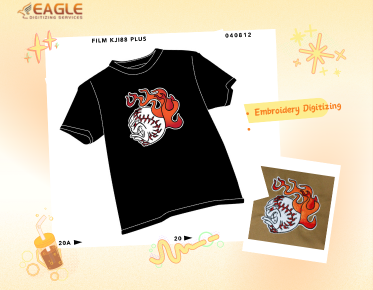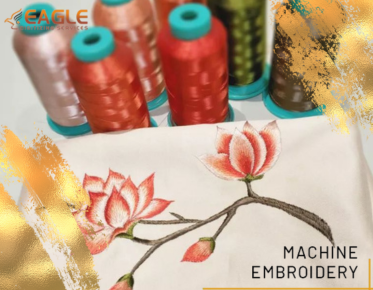Client Sent a Photo of Their Logo? How to Rebuild It into a Clean Vector
In today's digital age, logos are more than just a brand's identity; they are a visual representation of a company's ethos and values. When a client sends a photo of their logo, transforming it into a clean vector image is crucial for scalability and quality. This process ensures that the logo can be used across various platforms without losing its integrity. If you're wondering how to achieve this, you're in the right place. Let's dive into the steps and techniques to convert a logo photo into a pristine vector image. For more detailed insights, you can explore our vector image resources.
Understanding the Importance of Vector Images
Vector images are composed of paths defined by mathematical expressions, allowing them to be scaled infinitely without losing quality. This is in stark contrast to raster images, which can become pixelated when enlarged. The primary advantage of vector graphics is their versatility in various applications, from business cards to billboards. They are essential for maintaining brand consistency across different media.
Why Convert a Logo to Vector?
Converting a logo to a vector format is not just about scalability. It also ensures that the logo can be easily edited, recolored, and adapted to different backgrounds. Moreover, vector files are generally smaller in size compared to high-resolution raster images, making them easier to share and store.
Steps to Convert a Logo Photo to Vector
1. Analyze the Logo
Before starting the conversion process, analyze the logo's complexity. Identify the colors, shapes, and any text elements. This will help in choosing the right tools and techniques for vectorization.
2. Choose the Right Software
Several software options are available for vectorization, including Adobe Illustrator, CorelDRAW, and Inkscape. Each has its strengths, but Adobe Illustrator is often preferred for its comprehensive tools and industry-standard status.
3. Trace the Logo
Using the chosen software, begin tracing the logo. This can be done manually with the pen tool for precision or automatically using the software's trace function. Manual tracing is recommended for complex logos to ensure accuracy.
4. Refine the Vector Paths
Once the initial trace is complete, refine the vector paths. Adjust curves and lines to match the original logo as closely as possible. This step is crucial for maintaining the logo's integrity.
5. Add Colors and Effects
After refining the paths, add colors to the vector image. Ensure that the colors match the original logo. If the logo includes gradients or shadows, use vector effects to replicate these elements.
Common Challenges in Logo Vectorization
Dealing with Complex Designs
Complex logos with intricate details can be challenging to vectorize. In such cases, breaking down the logo into simpler components can help. Focus on one element at a time to ensure precision.
Maintaining Color Accuracy
Color accuracy is vital in logo design. Use color matching tools within the software to ensure that the vector image matches the original logo's colors. This is especially important for brands with specific color guidelines.
Tools and Resources for Vector Conversion
While software like Adobe Illustrator is powerful, there are other tools and resources available for vector conversion. Online platforms and services can assist in converting logos to vector format, offering convenience and expertise. For instance, our vector conversion service provides professional assistance in transforming logos into high-quality vector images.
Future Trends in Vectorization
As technology advances, vectorization tools are becoming more sophisticated. AI-driven software is emerging, offering automated vectorization with impressive accuracy. These tools can significantly reduce the time and effort required for manual tracing, making vectorization more accessible to non-designers.
Moreover, the integration of vector graphics in augmented reality (AR) and virtual reality (VR) applications is on the rise. This trend highlights the growing importance of vector images in creating immersive digital experiences.
In conclusion, converting a logo photo into a clean vector image is a crucial step in maintaining brand consistency and quality. By following the outlined steps and utilizing the right tools, you can achieve a professional result. For those seeking expert assistance, Eagle Digitizing excels in delivering professional vector art services, transforming creative visions into scalable designs. How do you envision the future of vector graphics in digital branding?



.png)